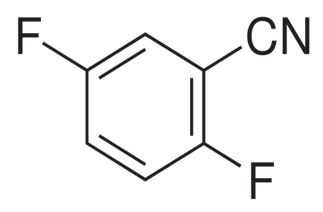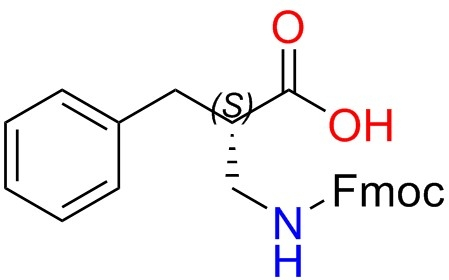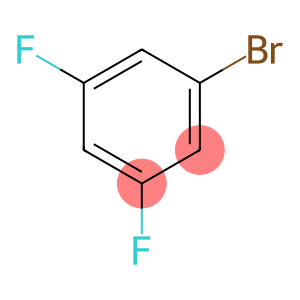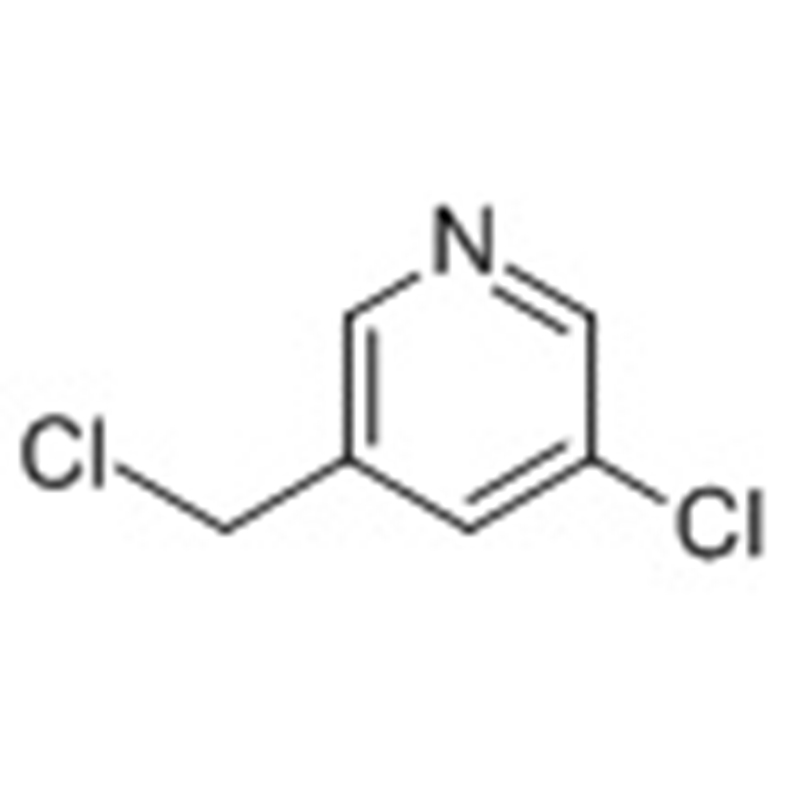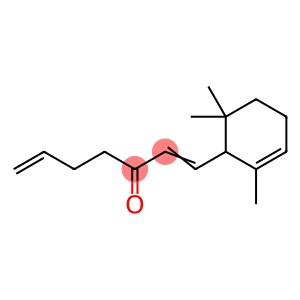4-(4-Hydroxyphenyl)-2-butanone(CAS#5471-51-2)
| Risk Codes | 22 – Harmful if swallowed |
| Safety Description | S26 – In case of contact with eyes, rinse immediately with plenty of water and seek medical advice. S36/37/39 – Wear suitable protective clothing, gloves and eye/face protection. S36 – Wear suitable protective clothing. |
| WGK Germany | 2 |
| RTECS | EL8925000 |
| TSCA | Yes |
| HS Code | 29145011 |
| Hazard Note | Irritant |
Introduction
Raspberry ketone, also known as 3-hydroxy-2,6-dimethyl-4-hexeneone, is an organic compound. The following is an introduction to the properties, uses, preparation methods and safety information of raspberry ketone:
Quality:
- Raspberry ketones are colorless or yellowish liquids with a strong aromatic odor.
- Raspberry ketone is volatile and can be rapidly volatilized at room temperature.
- It is a combustible substance that accelerates its evaporation when exposed to an open flame or high temperature, and forms a flammable mixture in the air.
Use:
- It can also be used in the preparation of other synthetic fragrances and chemicals.
Method:
- Raspberry ketones are usually obtained by chemical synthesis. A common preparation method is obtained by methylation and cyclization of methyl ethyl ketone.
Safety Information:
- Raspberry ketone has low toxicity, but it is still important to use it safely.
- Avoid contact with skin, eyes, and mucous membranes, and rinse immediately with plenty of water if contact occurs.
- It is non-corrosive to most materials, but may have a dissolving effect on some plastics and rubbers.
- When using and storing, avoid open flames and high temperatures to prevent volatilization and fire risks.
- Because raspberry ketones have a strong odor, they should be used in a well-ventilated area and make sure to avoid inhaling high concentrations of vapors.




